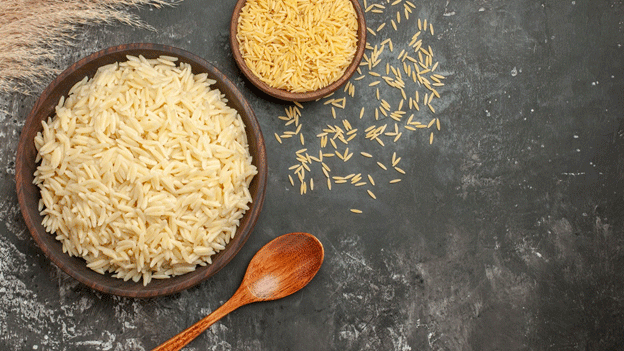As food prices continue to rise, the Indian government has stepped up its efforts to offer relief to consumers with the launch of Phase-II of the subsidised wheat flour (atta) and rice sale under the Bharat brand. The initiative, announced on Tuesday by Food Minister Pralhad Joshi, is part of the Price Stabilisation Fund, designed to combat inflation and provide accessible staple foods to the masses. The sale, which includes wheat flour and rice from the Food Corporation of India (FCI), comes at a critical time as both grains have experienced price fluctuations in recent months.
What’s New in Phase-II?
In this second phase of retail sales, wheat flour will be priced at Rs 30 per kilogram, and rice at Rs 34 per kilogram, in 5kg and 10kg packs. These prices represent a slight increase from the Phase-I rates, which were Rs 27.5 and Rs 29 per kilogram, respectively. While the increase in price has sparked some concerns, it is important to note that the government’s primary objective is to stabilize prices and alleviate the financial pressure on consumers. As of now, a total of 3.69 lakh tonnes of wheat and 2.91 lakh tonnes of rice have been allocated for this phase of the sale.
Aims and Expectations from the Subsidised Sale
The government’s intervention aims to provide consumers with an affordable alternative amid rising food prices, which have been a concern in various regions of India. The wheat and rice will be available through cooperatives like NCCF, Nafed, and Kendriya Bhandar, as well as e-commerce platforms. This is intended to widen the availability of subsidised staples across the country, especially in areas where access to essential commodities may be limited.
Despite the higher price points compared to Phase-I, the government has clarified that the focus is not to generate business revenue but to offer support to consumers. Minister Joshi assured that if necessary, smaller pack sizes would be introduced to cater to the needs of different consumer groups. He also noted that rice sales during Phase-I had been lower than anticipated, but the initiative’s core goal remains to control prices and provide relief, rather than commercial success.
The Effect of Phase-I and Government’s Plan Going Forward
Phase-I of the subsidised sale, which ran from October 2023 to June 2024, saw significant distribution of 15.20 lakh tonnes of wheat flour and 14.58 lakh tonnes of rice. This initiative played a crucial role in helping curb inflationary pressures on essential food items. Looking ahead, Minister Joshi reassured the public that if necessary, additional stocks would be allocated to maintain price stability. The government is also considering conducting a study to understand the factors behind price firmness, even with surplus rice stocks, to better inform future interventions.
The Impact on the Agricultural and Retail Markets
This intervention is not only beneficial for consumers but also for the agricultural sector. By maintaining stable wheat and rice prices, the government ensures that farmers receive fair compensation for their produce, while also controlling inflation in the retail market. The ongoing efforts to stabilize the food prices are a significant step in balancing the interests of both producers and consumers, particularly as India prepares for the upcoming harvest seasons.
A Strategic Move Towards Price Stability
The launch of Phase-II of subsidised wheat flour and rice sale represents a timely response to the rising cost of living and the fluctuating prices of essential food items. While the price increase from Phase-I may raise some concerns, the government’s continued efforts to stabilise food prices and provide accessible staples will have long-term benefits for both consumers and farmers. As the government continues to monitor the success of this phase, further interventions can be expected to ensure that food security remains intact across the nation.
Error




